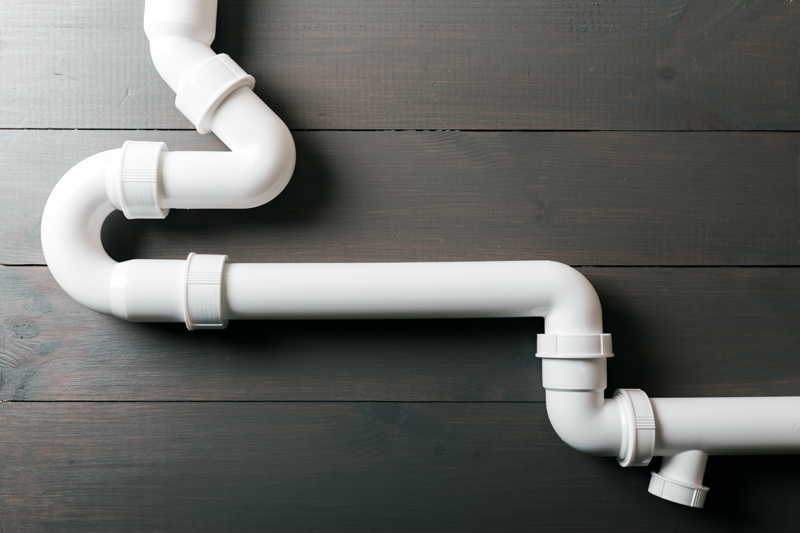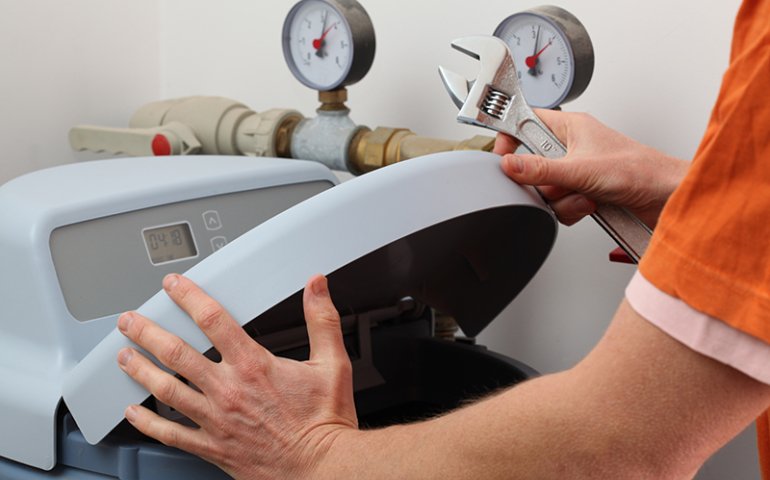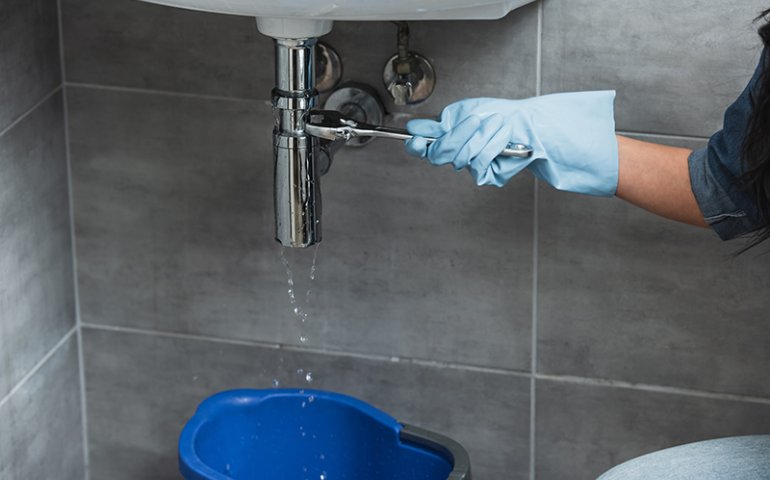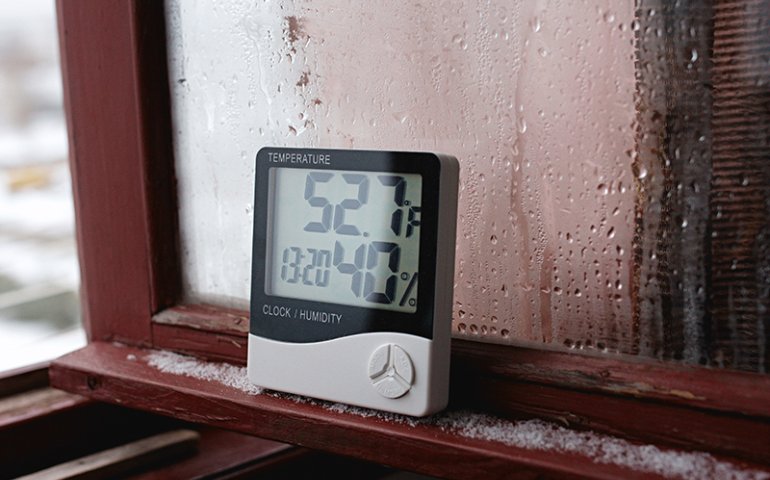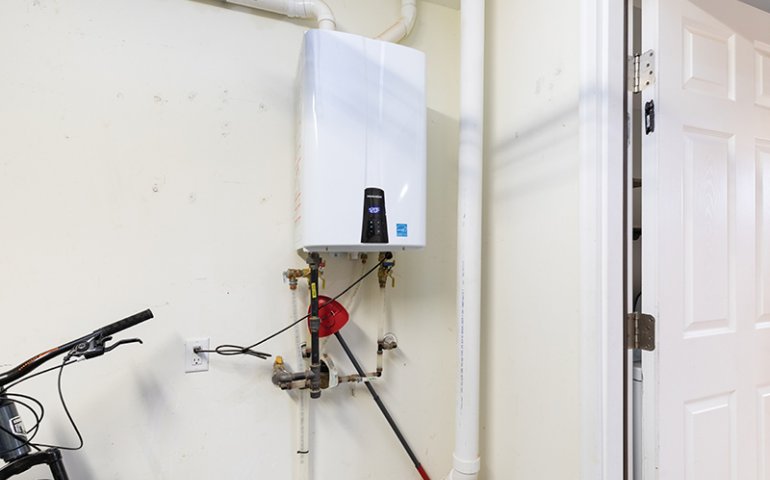How To Protect Your Exposed Pipes
When the cold weather strikes, it can wreak havoc on your home's plumbing system if it isn't prepared. The chilliness can freeze the water in your pipes and prevent your plumbing from working. Even worse, that frozen piping can end up bursting as it thaws out and creates even more havoc for your home.
Why Do You Need to Protect Your Home's Pipes?
If you leave your pipes open to freezing, they can end up cracking or bursting. This can allow water to soak the entire area around the pipe. Your carpeting, furniture, drywall, and outlets near the pipe can become ruined. This can cause extensive damage that can be very expensive to fix. Plus, you'll have to pay to fix your original plumbing problem.
The Best Time to Protect Your Pipes
You should be ready to protect your pipes during the fall and winter seasons. Take the time to locate any exposed pipes before these seasons hit so that you can address them. When temperatures get near freezing, it's a concern when it comes to exposed piping.
How to Best Protect Your Pipes
The best way to protect your pipes is to start by identifying your susceptible, exposed areas. These are likely near your garage, in unheated rooms, or underneath a sink on an exterior wall of your home. All these exposed pipes are susceptible to the cold temperature and freezing up.
You'll want to insulate these pipes to help reduce the risk of the water inside of them freezing up. There are different insulating products that you can use. Some are more versatile than others. Heat tape is always a great option to help provide a barrier between your piping and the cold air around it. There are foam pipe sheathings that you can slide over your pipe. This prevents you from having to wrap it completely in mounds of heat tape.
Another great option is to use thermostatically-controlled heat cables. You drape these over your exposed piping. This will produce heat whenever the temperature dips to freezing. This will ensure that the water inside your piping remains in liquid form.
Apart from wrapping or heating up your exposed piping, you can also opt for sealing up any leaks. These include leaks in the exterior rim joists of your home, around wiring, and dryer vents. You should be able to feel a breeze coming into these areas when exposed.
Call Us Today
If you need help insulating your pipes or dealing with a frozen pipe, then it's time to contact us. Let our helpful plumbers assist you with all your plumbing-related needs.

